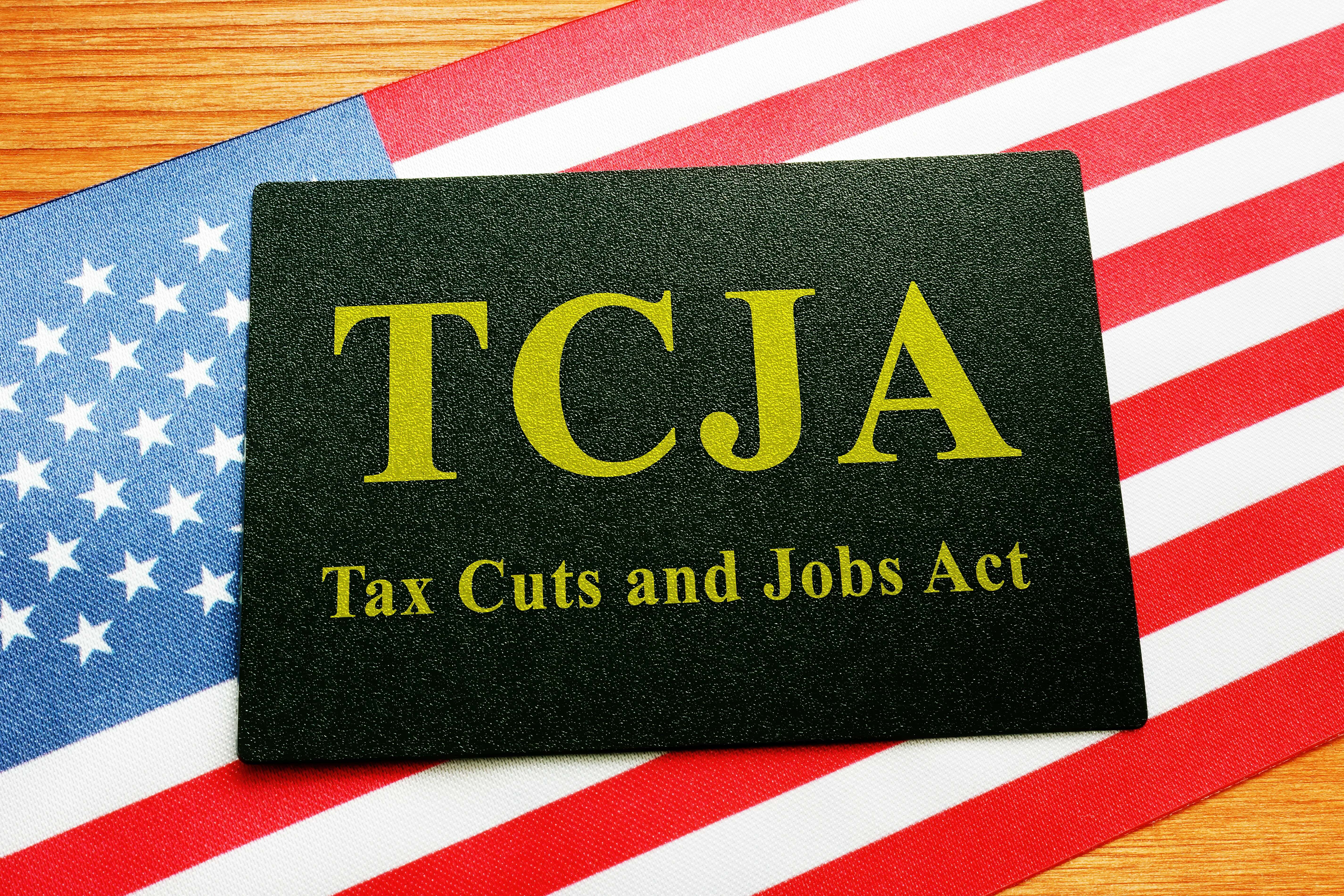The Tax Cuts and Jobs Act (TCJA), signed by then-President Donald Trump in 2017, had a major impact on personal and business taxes. The TCJA had a positive effect on tax deductions, credits, tax rates, and more. But the TCJA is scheduled to sunset on Dec. 31, 2025.
If Congress doesn’t do anything to stop the TCJA sunset, significant tax increases will take place. And although it may be argued that the biggest losers are corporations and the wealthy, middle-class Americans will also feel the pain. But where is this pain coming from? And what will this cost the average American?
TCJA Sunset Increases Tax Rates
Depending on your filing status and taxable income, you fall into a bracket. The Internal Revenue Service stipulates seven tax brackets.
Before the TCJA, the tax brackets with rates were 10 percent, 15 percent, 25 percent, 28 percent, 33 percent, 35 percent, and 39.6 percent. These were reduced when President Trump signed the TCJA. The new and current rates are 10 percent, 12 percent, 22 percent, 24 percent, 32 percent, 35 percent and 37 percent.
These rates will return to the pre-2017 level if Congress doesn’t act.
Standard Deduction Reduced When TCJA Sunsets
The TCJA almost eliminated itemizing for most Americans because of the increase in the standard deduction and taking the new standard deduction saved on taxes more than itemizing.
Prior to 2017, a couple’s standard deduction was $13,000. The TCJA changed that deduction to $24,000. Because of indexing, that deduction is $27,700 for 2023.
For single filers, the pre-2017 standard deduction was $6,500. The TCJA increased the standard deduction to $12,000. In 2023, the single filer standard deduction is $13,850.
If the TCJA is allowed to sunset without congressional action, the standard deduction will revert to pre-TCJA figures. In fairness, these pre-TCJA figures will be adjusted for inflation. But even then, they won’t equate to the 2023–2024 TCJA indexed amount.
Child Tax Credit Decreases With TCJA Sunset
The TCJA doubled the Child Tax Credit. It increased it from $1,000 to $2,000 per child under 17.
A tax credit differs from a deduction. A deduction subtracts from your income. But a tax credit subtracts from the tax you owe.
Even if you don’t owe taxes, the Child Tax Credit can be used. It’s partially refundable.
Before the TCJA, there was a lower earnings threshold on who could claim the full credit. Single parents could claim full credit if they earned more than $75,000, and married parents were restricted to earning less than $110,000.
The TCJA increased those thresholds. Single filers can now earn up to $200,000 and claim the full credit. Joint filers can earn up to $400,000.
The TCJA also provides an Other Dependent Credit (ODC). The ODC allows taxpayers to reduce their income tax liability by $500. This includes older children (over 16) who may be dependents due to college. It also includes nonchild dependents.
The ODC is nonrefundable and cannot exceed tax liability.
The child tax credit and income thresholds will revert to pre-TCJA levels in 2025. The ODC will also be eliminated.
AMT Affects More People When TCJA Sunsets
According to the Internal Revenue Service, the alternative minimum tax (AMT) “helps ensure that those taxpayers pay at least a minimum amount of tax.” The AMT was designed to prevent using tax breaks to eliminate total tax liability. “Those” taxpayers that the IRS is talking about are high-income earners. But how is a high-income earner defined?
The AMT occurs on income after all deductions and credits are taken. It taxes what’s left over. But there is a threshold for exempt income.
Prior to the TCJA, the AMT exemption was up to $84,500 for joint filers and $54,300 for single filers. Income over the exempted amount was subject to the Alternative Minimum Tax.
The AMT is currently at $133,300 for joint filers and $85,700 for single filers.
Once the TCJA expires, the AMT will return to the previous thresholds. Since the AMT is indexed to inflation, the number will be adjusted accordingly.
Estate and Gift Taxes
The TCJA changed the estate and gift tax exemption. Starting in 2018, fewer estates were subject to the 40 percent tax. It also lightened the tax load on larger estates.
Before TCJA, the exemption was $5.6 million for individuals and $11.2 million for joint filers. The TCJA nearly doubled the lifetime estate and gift tax exemption. This means that estates over these numbers would be subject to the 40 percent tax.
Adjusted for inflation, the current exemption for individuals is $13.61 million. The joint filers exemption is $27.22 million.
The TCJA sunset in 2025 will slash the exemption by half.
Big Tax Year in 2025
December 2025 will see the end of the TCJA. Individual tax rates will return to 2017 levels. The standard deduction will be cut roughly in half, as well as the child tax credit.
In 2025, lawmakers will probably battle it out in preparation for the TCJA sunset. And although many will say the TCJA was for the rich, middle-class Americans will see taxes increase.
The Epoch Times copyright © 2024. The views and opinions expressed are those of the authors. They are meant for general informational purposes only and should not be construed or interpreted as a recommendation or solicitation. The Epoch Times does not provide investment, tax, legal, financial planning, estate planning, or any other personal finance advice. The Epoch Times holds no liability for the accuracy or timeliness of the information provided.









